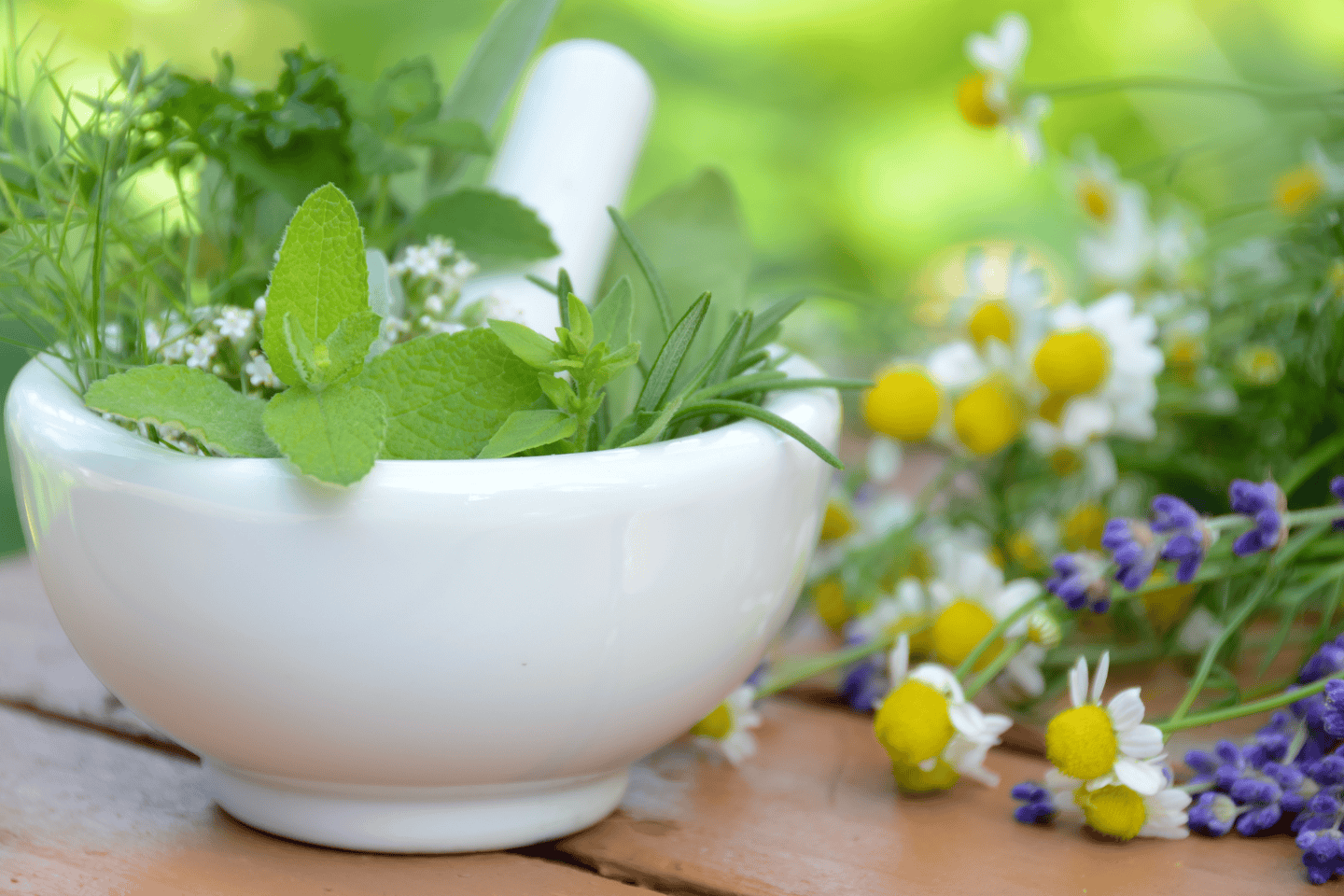Beginner’s Guide to Growing Medicinal Herbs in Containers

For thousands of years, people around the world have turned to medicinal plants for healing. Long before modern pharmaceuticals, civilizations relied on herbs to treat ailments, improve digestion, relieve pain, and boost immunity. In Traditional Chinese Medicine (TCM), herbs like chamomile and ginseng were used to balance energy and promote healing. Ayurvedic medicine in India has long incorporated holy basil, ashwagandha, and turmeric for their adaptogenic and immune-boosting properties. In Native American traditions, plants like yarrow, echinacea, and mint were commonly used to treat wounds and illnesses.
While our modern medicine has evolved, the importance of natural remedies has never diminished. Many pharmaceutical drugs today are derived from plant compounds, and science continues to confirm what ancient healers knew all along—plants have powerful healing properties.
Growing a medicinal garden at home allows you to reconnect with traditional healing practices while gaining access to fresh, potent herbs. With container gardening, you don’t need a large backyard to cultivate these beneficial plants. Whether you live in an apartment, have a small balcony, or just want to supplement your existing garden, this guide will help you get started with growing medicinal plants in containers.
Why Grow a Medicinal Garden?
A medicinal garden isn’t just about having fresh herbs on hand—it’s about self-sufficiency, sustainability, and wellness. Here’s why growing your own healing plants can be life-changing:
For example, fresh chamomile flowers contain a higher concentration of apigenin, the active compound responsible for its calming effects. Similarly, fresh peppermint leaves have stronger menthol content, making them more effective for digestion and respiratory relief.
Additionally, soil contains beneficial bacteria called Mycobacterium vaccae, which has been linked to increased serotonin production. This means that digging your hands into the soil can actually boost your mood and well-being.
Many medicinal plants, such as lavender, chamomile, and basil, attract bees and butterflies, helping to support biodiversity. Since pollinator populations are in decline due to habitat loss and pesticide use, growing these plants contributes to a healthier ecosystem.
Getting Started with Container Gardening
1. Choosing the Right Containers
Different plants have different root structures, so selecting the right container size is essential for healthy growth.
- Small herbs like chamomile, basil, and peppermint thrive in 6-8 inch deep pots.
- Larger plants like aloe vera and lavender require 12-16 inch deep containers for proper root expansion as they grow large.
- Containers should always have drainage holes to prevent water from collecting at the bottom and causing root rot. If you’re using decorative pots, consider adding a layer of pebbles at the bottom to improve drainage.
2. Choosing the Right Soil
Medicinal herbs thrive in well-draining, nutrient-rich soil.
- A mix of organic potting soil, compost, and perlite ensures good aeration and drainage.
- Herbs like lavender and rosemary prefer a sandy, gritty soil mix, while others like basil and lemon balm do well in loamy, nutrient-dense soil.
- Avoid heavy garden soil, which can compact in containers and suffocate roots.
3. Sunlight and Placement
- Most medicinal herbs require at least 6 hours of sunlight per day.
- If growing indoors, position your plants near a south-facing window or use full-spectrum grow lights.
- Herbs like mint and lemon balm tolerate partial shade, but lavender and basil need direct sunlight for best growth.
Top Medicinal Plants to Grow in Containers

Aloe Vera – The Skin-Healing Super-plant
Soothes burns and skin irritation, and supports digestion in small amounts.
- Bright, indirect sun; tolerates some direct
- Sandy, cactus-mix soil
- Let soil dry out between waterings
- South-facing window indoors

Peppermint – The Ultimate Digestive Herb
Great for digestion, bloating, and headaches. Use in teas or topically.
- Moist, well-drained soil
- Partial shade to full sun
- Keep in a separate pot
- Prune regularly for bushy growth
 Chamomile – The Soothing Sleep Aid
Chamomile – The Soothing Sleep Aid
Helps with sleep, stress, and digestion. Flowers contain calming compounds.
- Full sun to partial shade
- Light, sandy, well-drained soil
- Moderate watering
- Harvest flowers when fully open

Basil – The Anti-Inflammatory Powerhouse
Rich in antioxidants and adaptogens. Great for digestion and immune support.
- Full sun (6+ hrs/day)
- Moist, well-draining soil
- Water regularly, avoid sogginess
- Pinch flower buds for more leaves

Lemon Balm – The Ultimate Stress-Relief Herb
Reduces anxiety, supports digestion, and improves focus. Tastes great in tea.
- Full sun to partial shade
- Rich, loamy soil with good drainage
- Water regularly, but not soggy
- Cut back often to prevent legginess

Rosemary – The Brain-Boosting Herb
Supports memory, focus, and digestion. Contains anti-inflammatory compounds.
- Full sun (6–8 hrs/day)
- Dry, sandy soil
- Water sparingly
- Trim regularly for shape and growth
1. Pests and Diseases: Aphids and spider mites can attack herbs—spray plants with neem oil or insecticidal soap to keep pests away. Sticky traps designed for plants also help. Prevent mildew by giving plants breathing room and avoiding overwatering.
2. Overwatering and Underwatering: Yellow, wilting leaves? You're likely overwatering—let soil dry slightly before the next watering. Crispy, brown leaves? You may be underwatering. Gradually increase your watering frequency.
3. Insufficient Sunlight: Herbs like lavender and basil need full sun. If plants appear weak or leggy, move them to a sunnier location.
Expanding Your Herbal Journey with Medicinal Gardening
Growing your own medicinal garden is one of the most rewarding ways to incorporate herbal wellness into daily life. Whether you're tending to aloe vera for burns, chamomile for relaxation, or basil for its anti-inflammatory benefits, cultivating herbs at home deepens your connection to nature while providing fresh, potent plant medicine. However, while many healing herbs thrive in containers, others require specific climates, longer growing seasons, or intricate processing methods to unlock their full potential.
A Trusted Source for Medicinal Herb Seeds
For those looking to expand their herbal garden, sourcing high-quality seeds is essential. Strictly Medicinal Seeds is one of the most trusted names in the herbal industry, offering a wide selection of medicinal herb seeds that have been cultivated and curated for decades. This company has been a go-to resource for herbalists for decades.
Strictly Medicinal Seeds provides everything from easy-to-grow culinary herbs to rare and potent medicinal plants, making it the perfect place to start your journey. To learn more about their mission and dedication to plant-based healing, visit their About Us page.

Deepen Your Knowledge: Growing Plant Medicine by Richo Cech
If you're serious about herbal gardening, Richo Cech’s book, ‘Growing Plant Medicine’ is an invaluable guide. It covers everything from seed selection and plant care to medicinal uses and traditional herbal wisdom, making it an essential resource for anyone passionate about growing and using medicinal herbs.
Start Your Herbal Garden Today
Creating a medicinal garden is an empowering step toward self-sufficiency and holistic wellness. Whether you start small with container-friendly herbs like peppermint and lemon balm or explore more specialized medicinal plants from Strictly Medicinal Seeds, each step brings you closer to understanding and utilizing nature’s powerful remedies.
Embrace the process, continue learning, and enjoy the health benefits of homegrown herbal medicine. Your journey into plant-based healing starts today!

Jana Taylor is an Iowa native and seasoned copy writer, content creator and designer, specializing in marketing and graphic design since 2015. In her spare time, she volunteers in her community, loves to garden and is an avid travel enthusiast.




